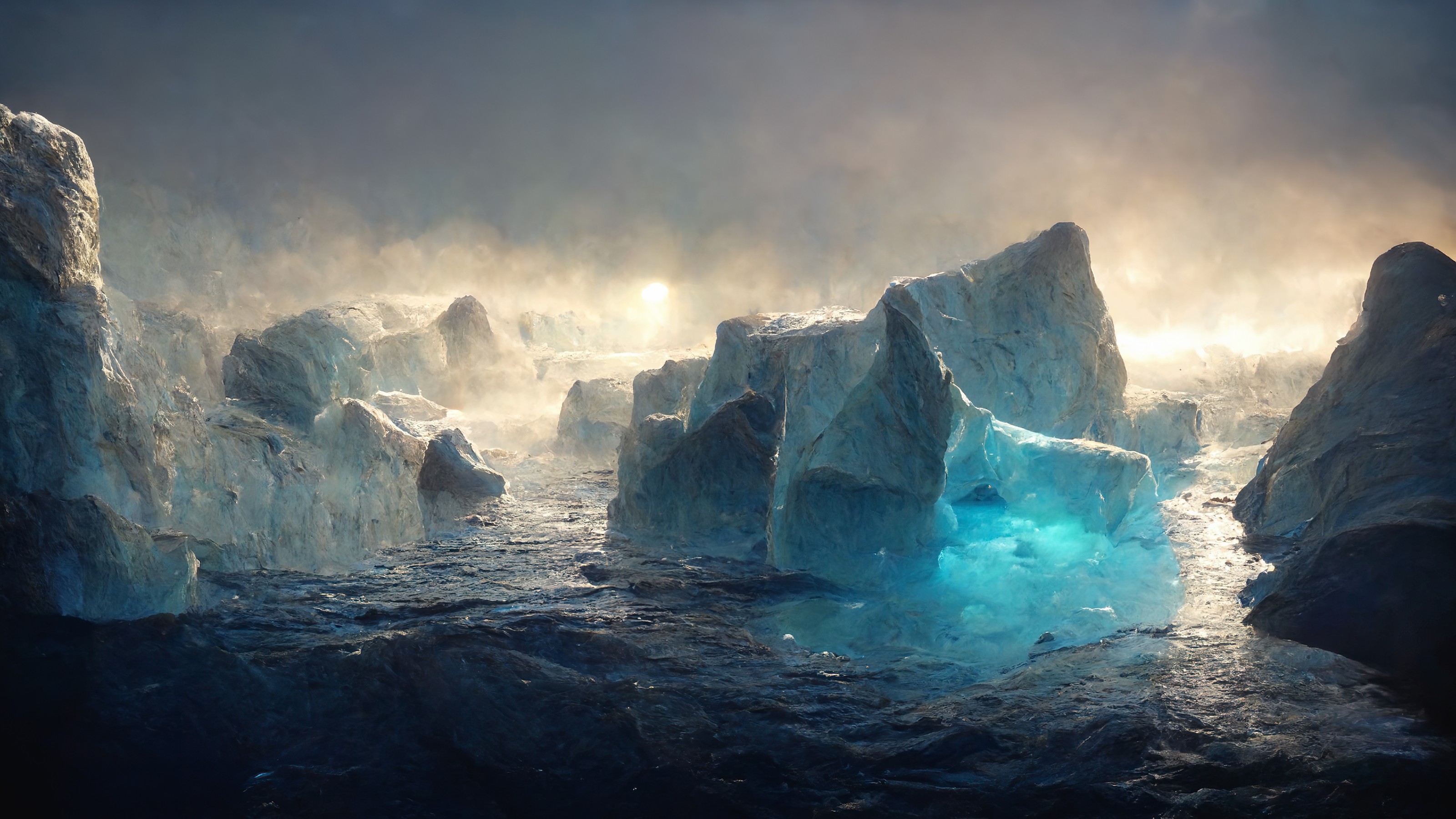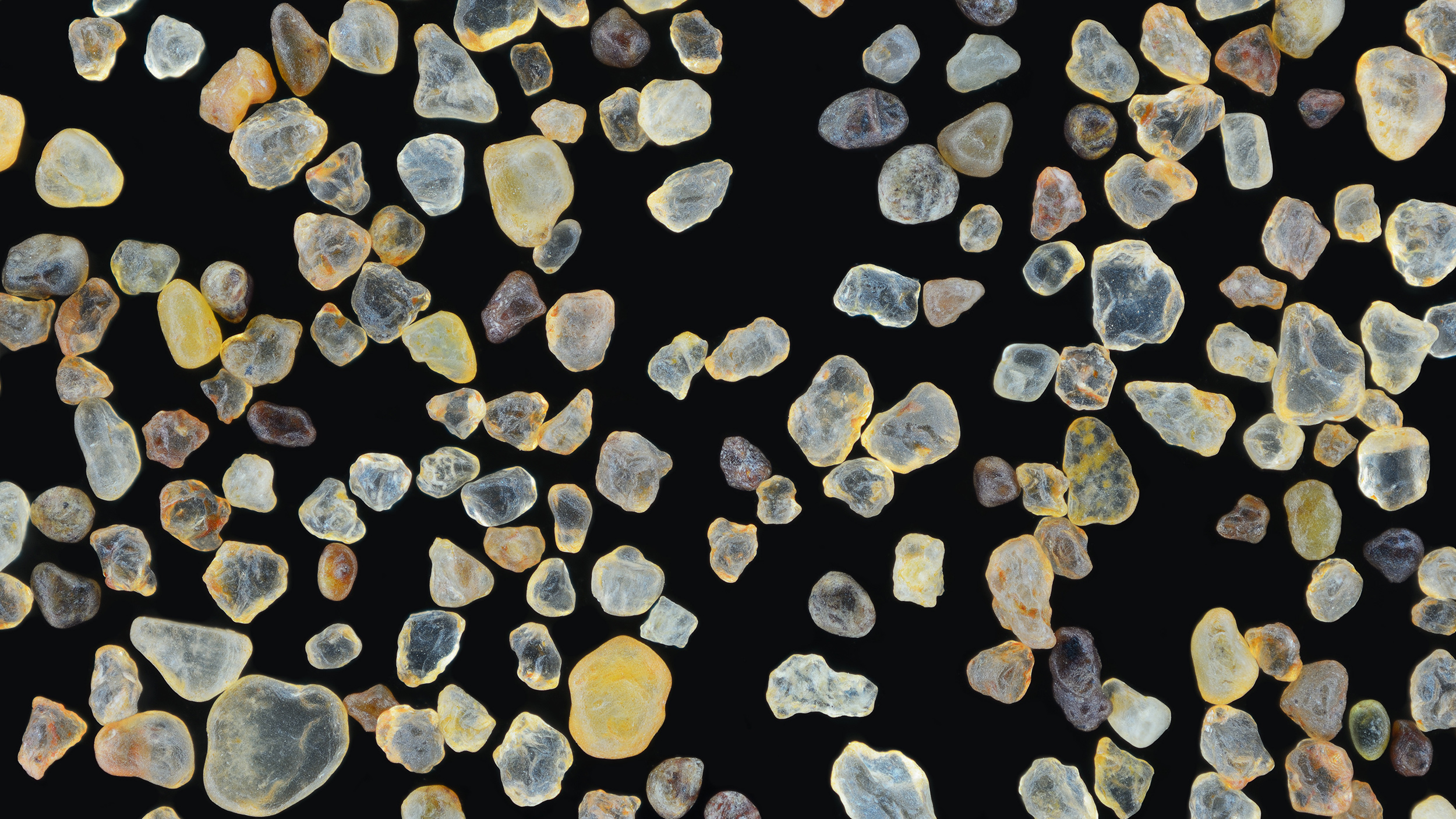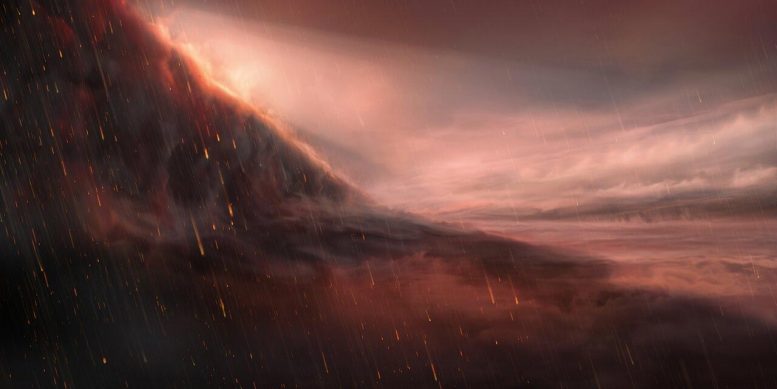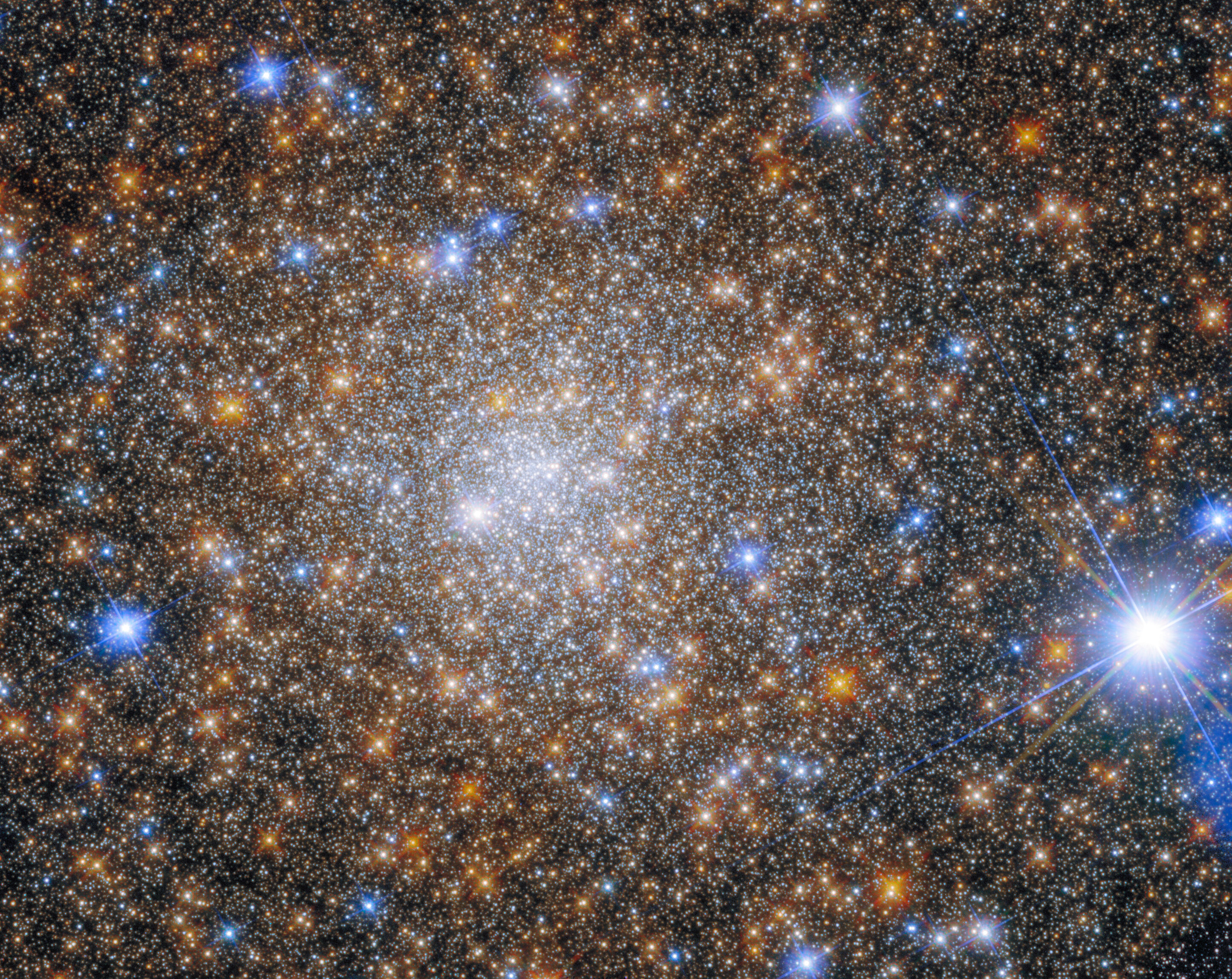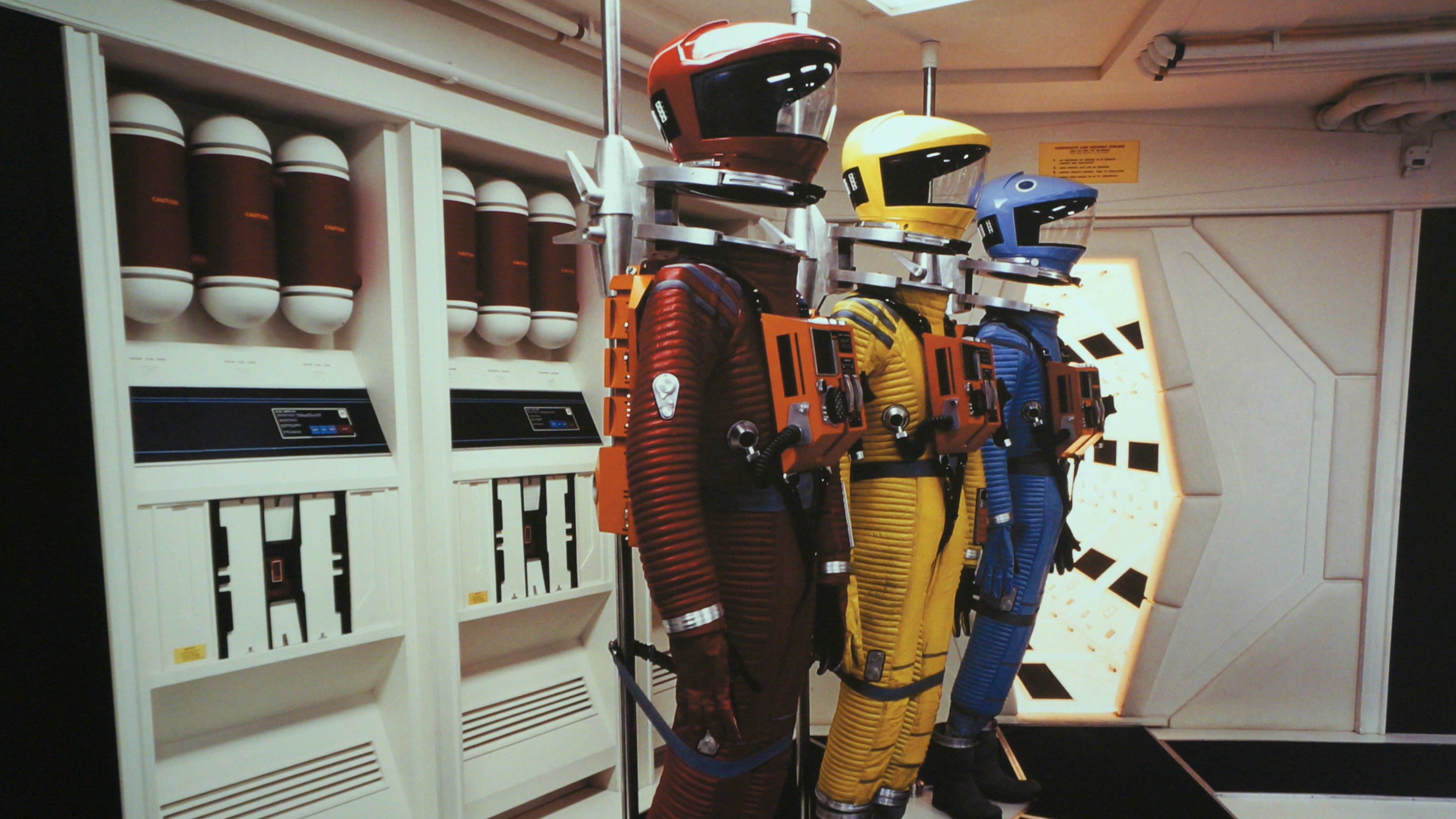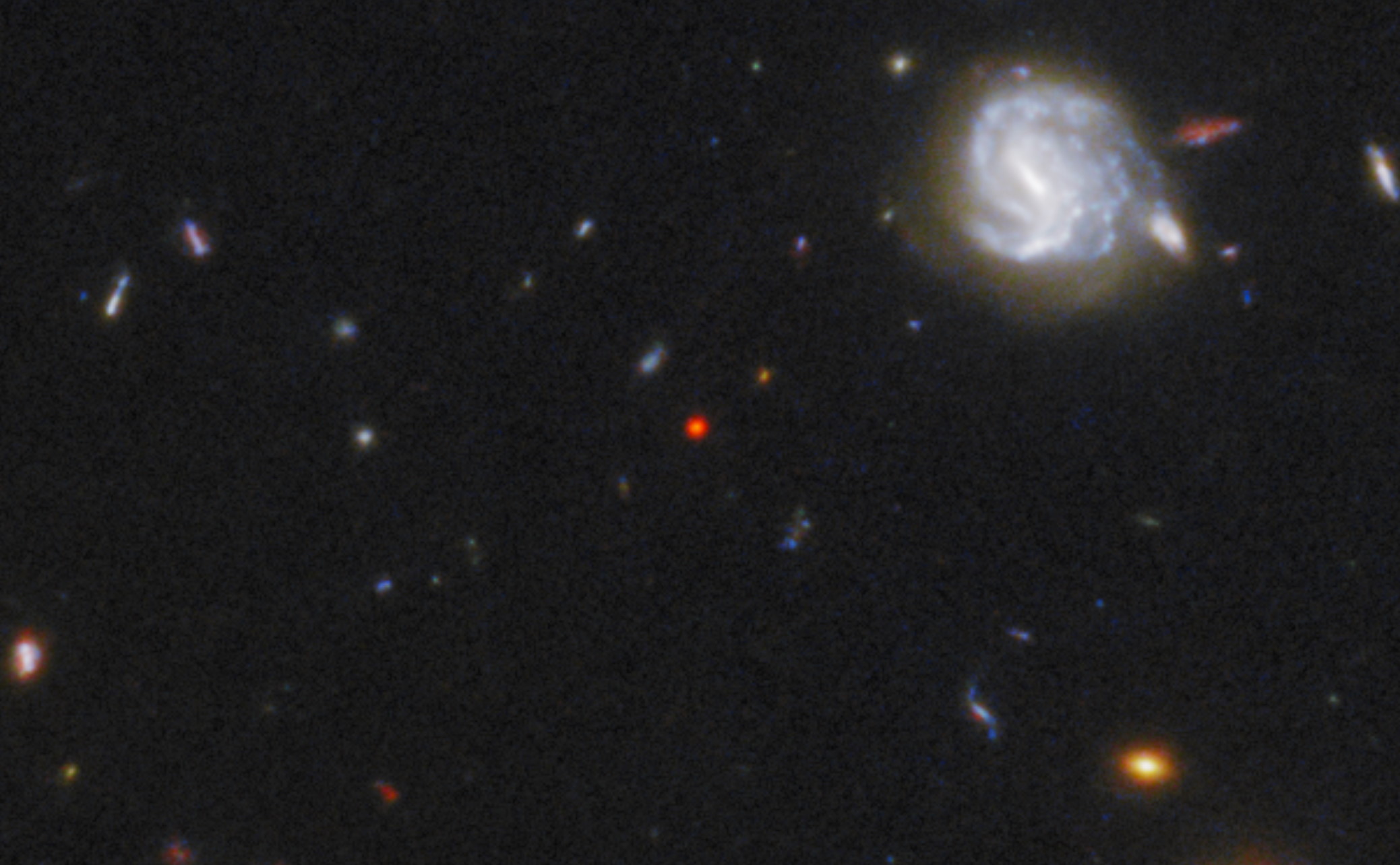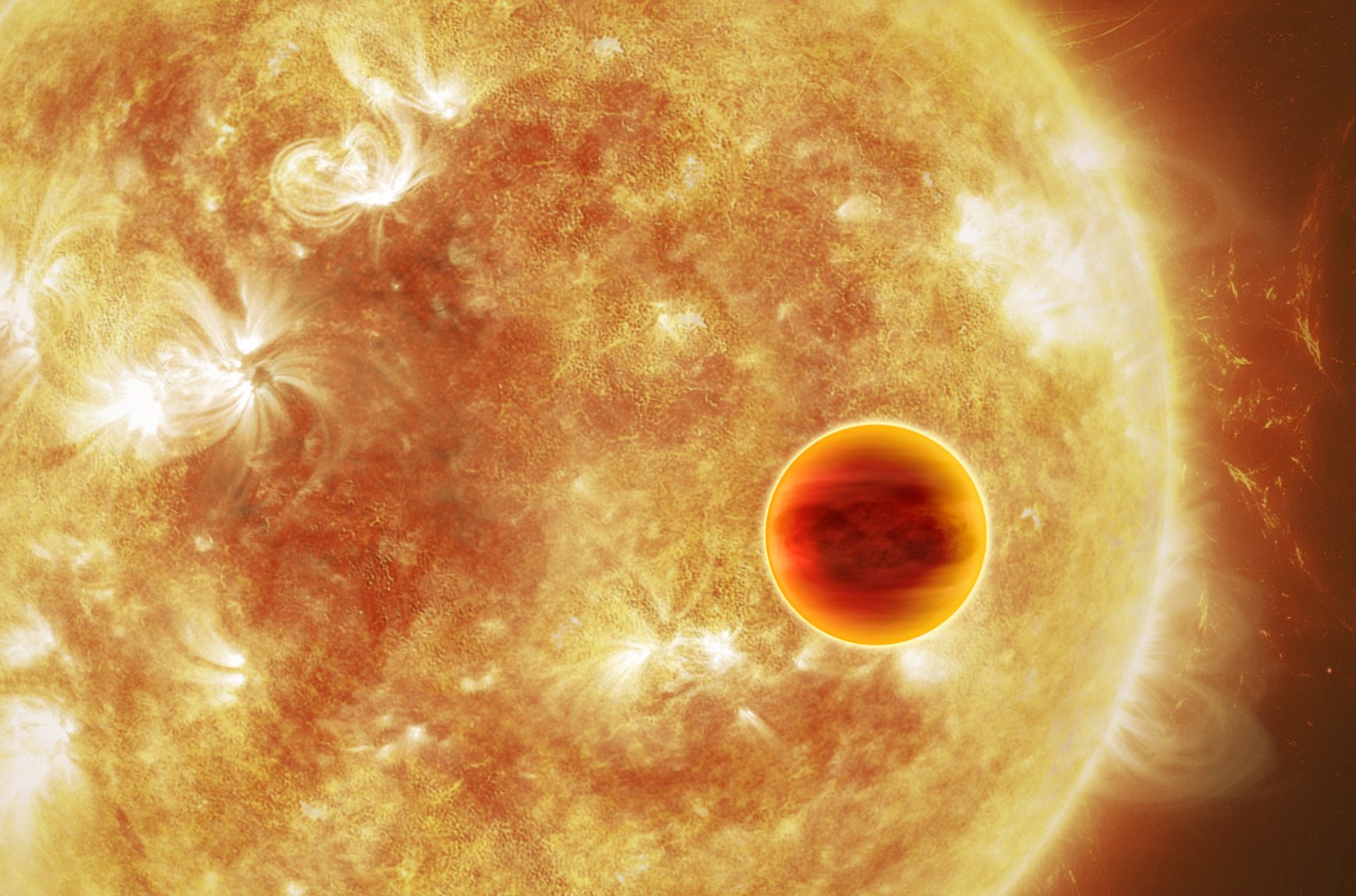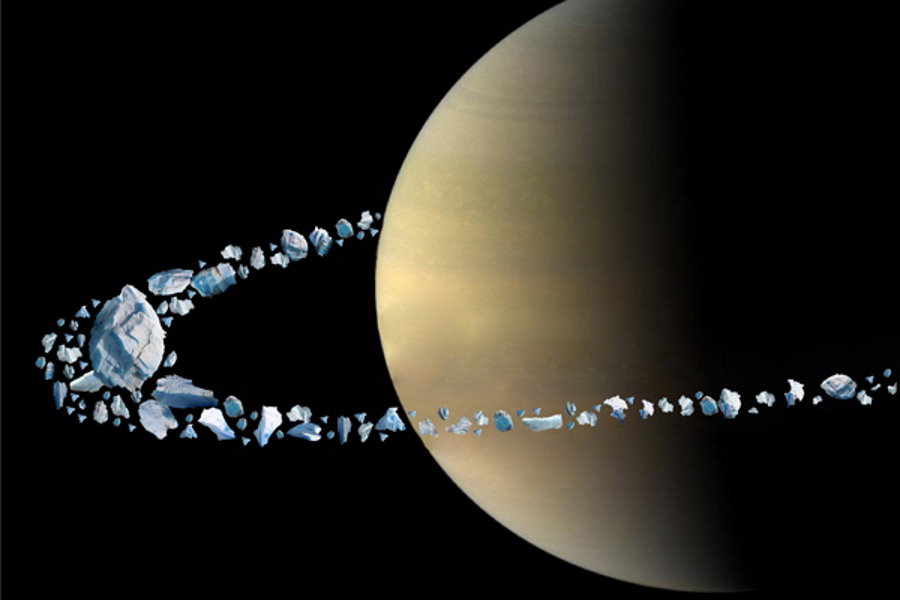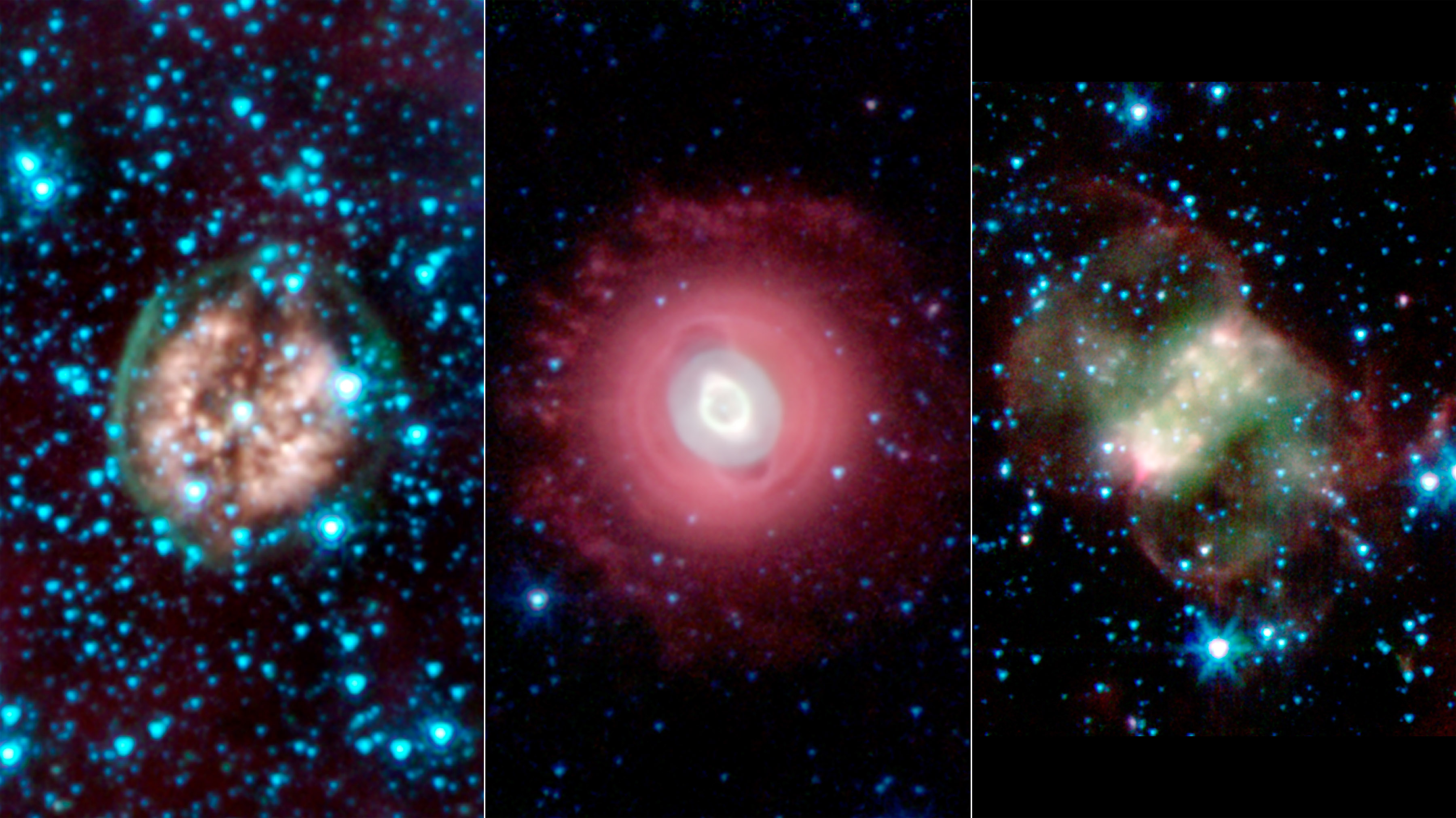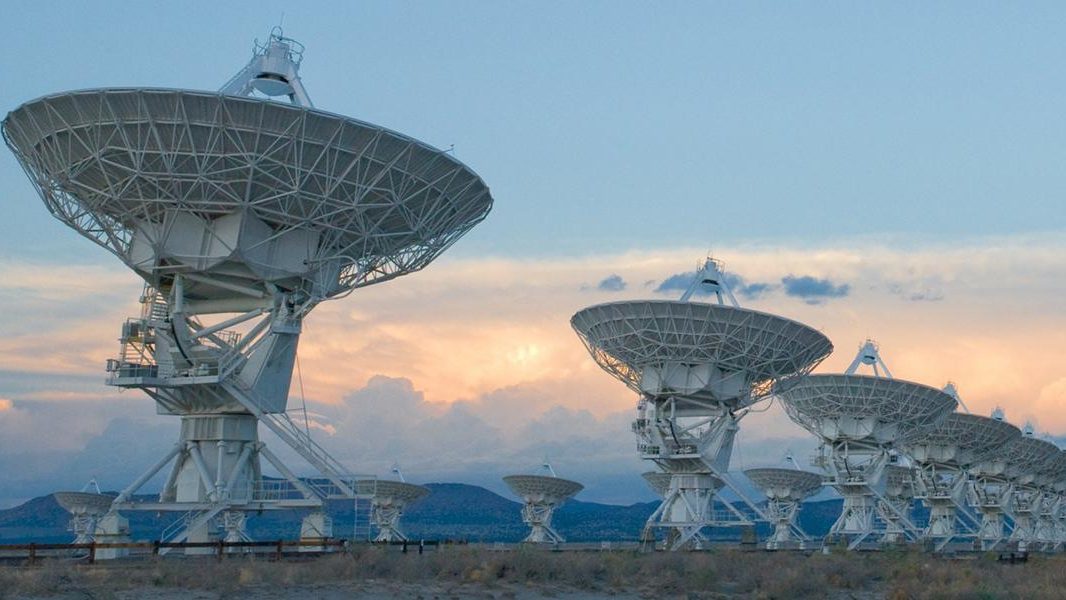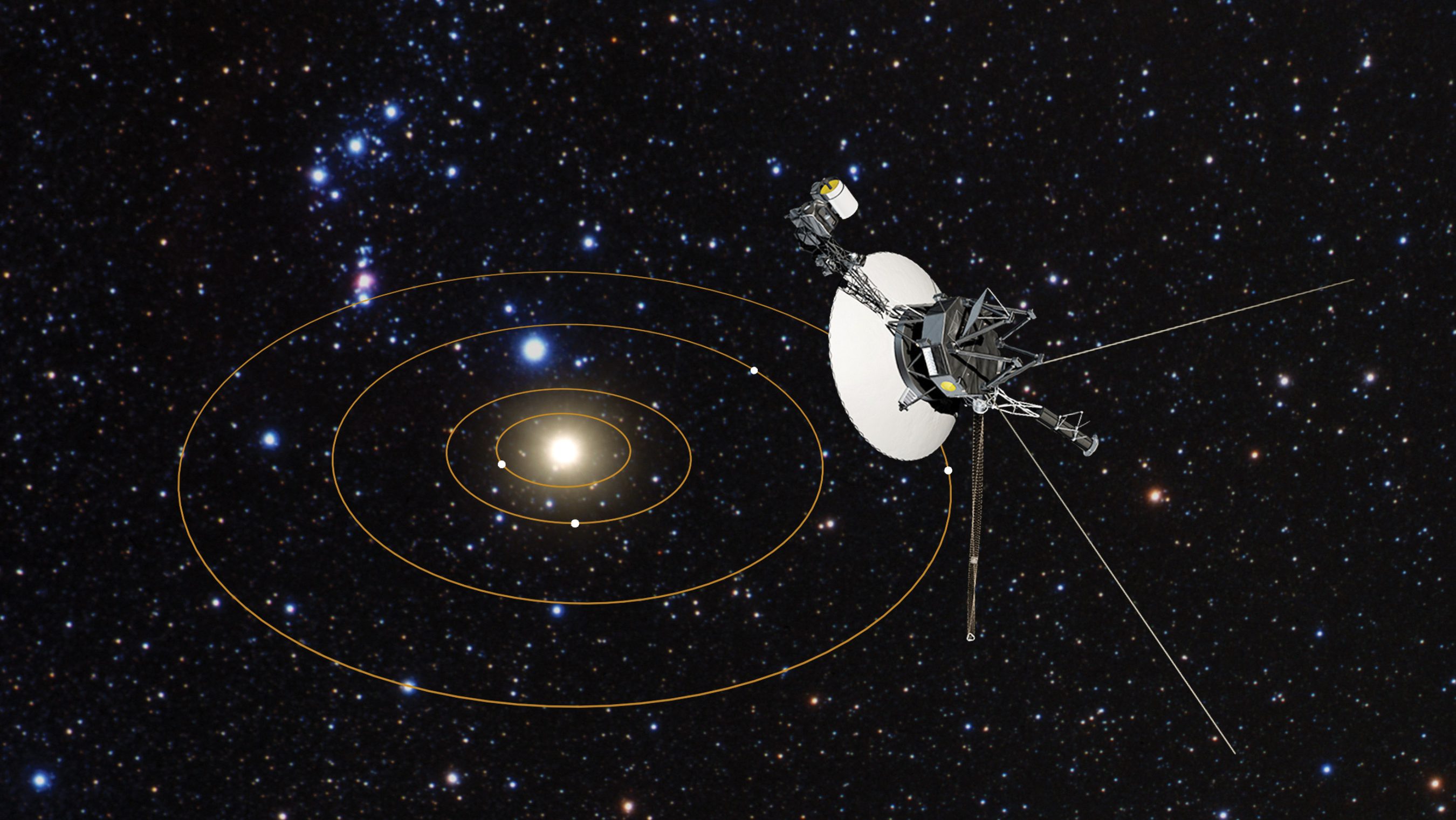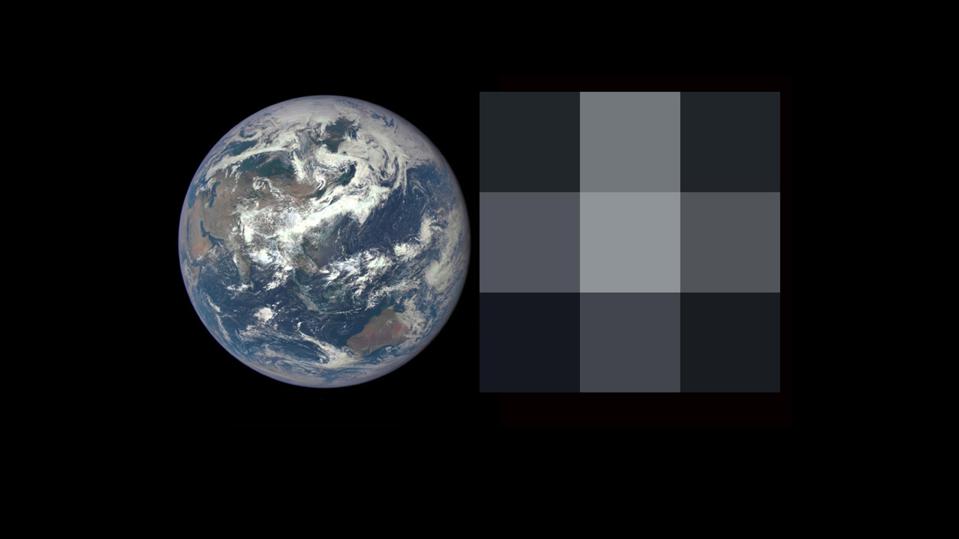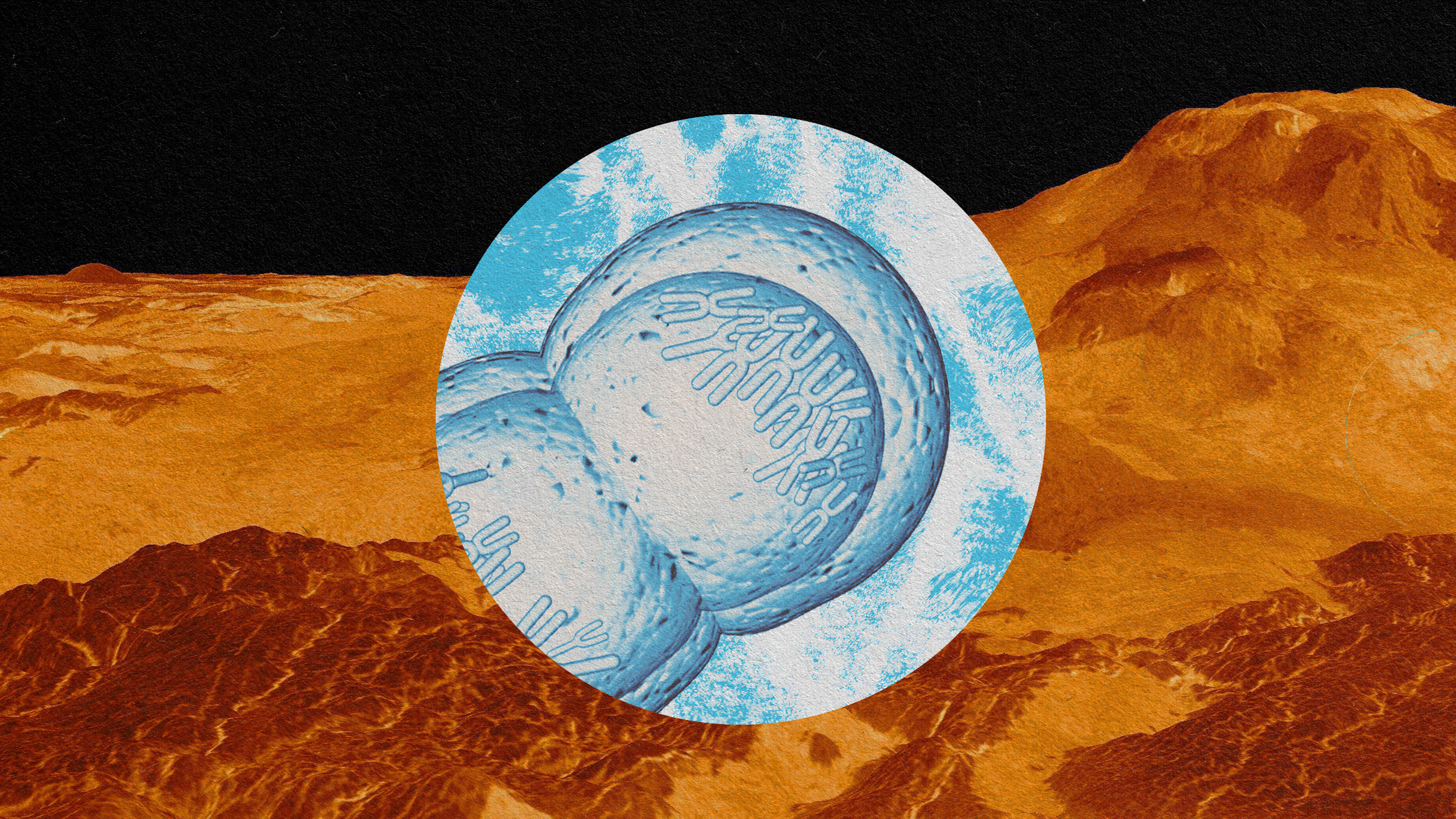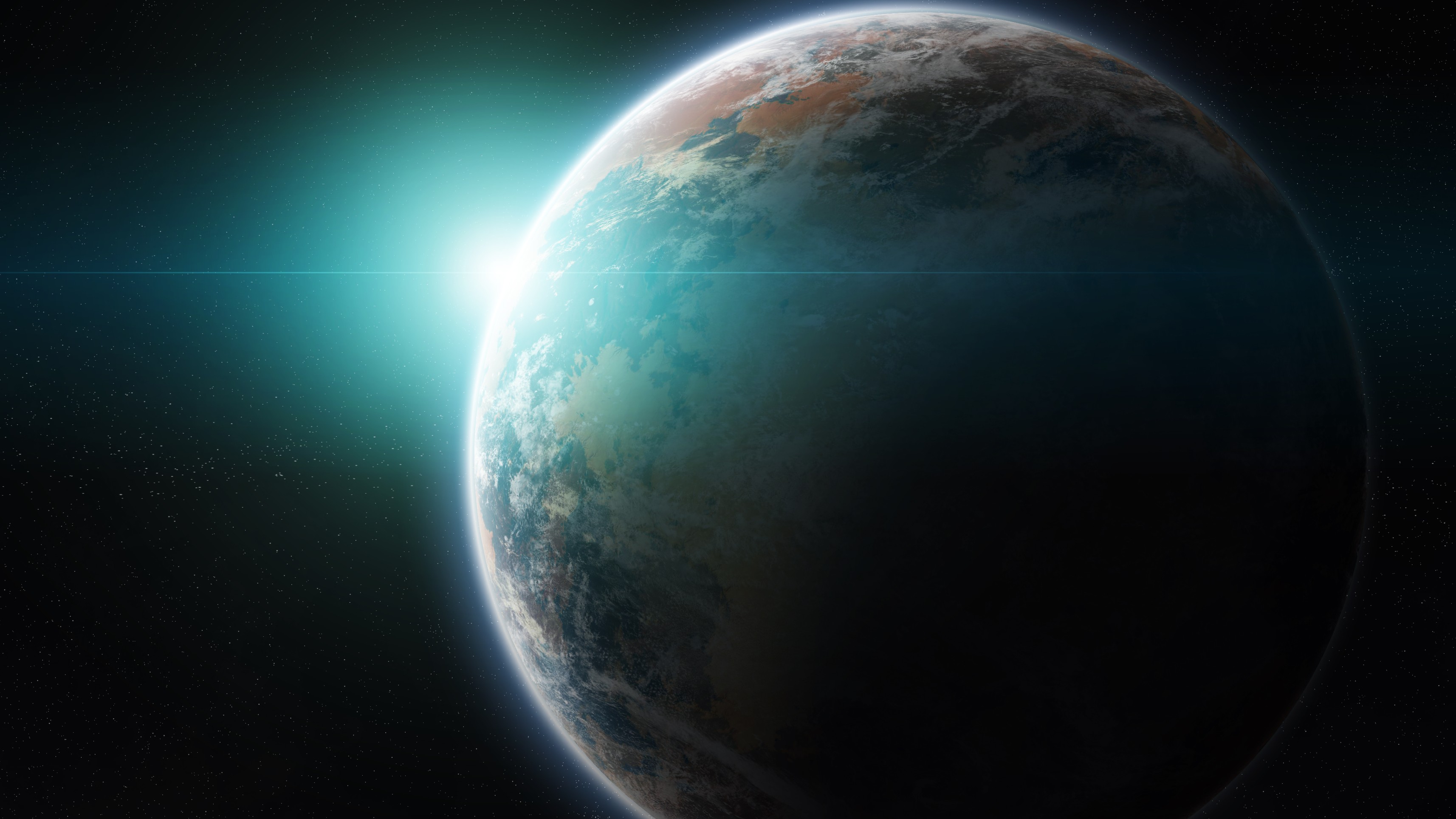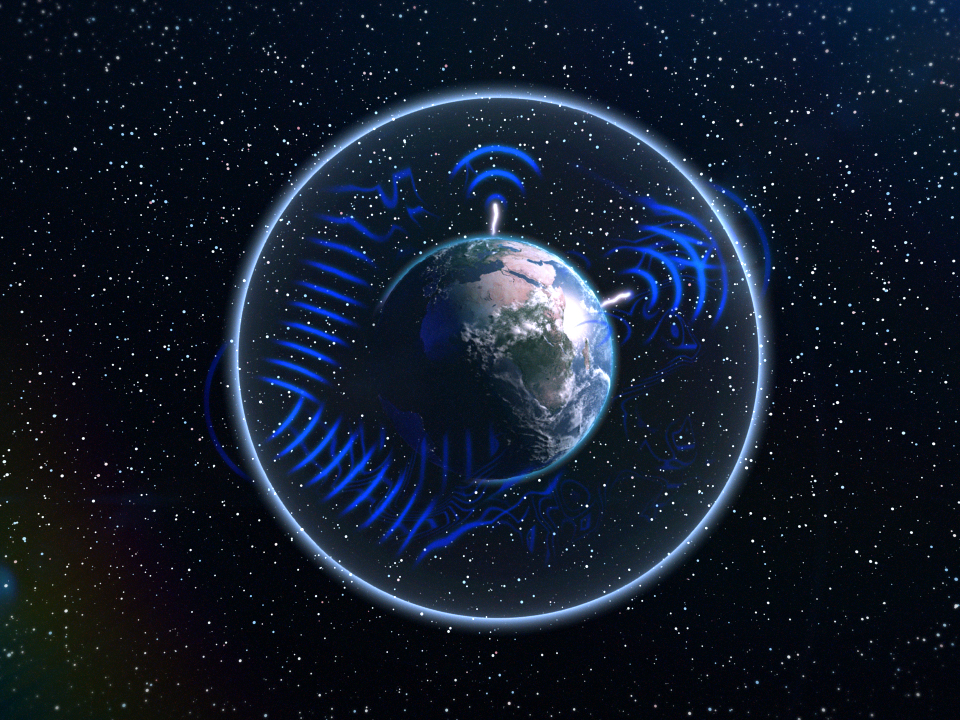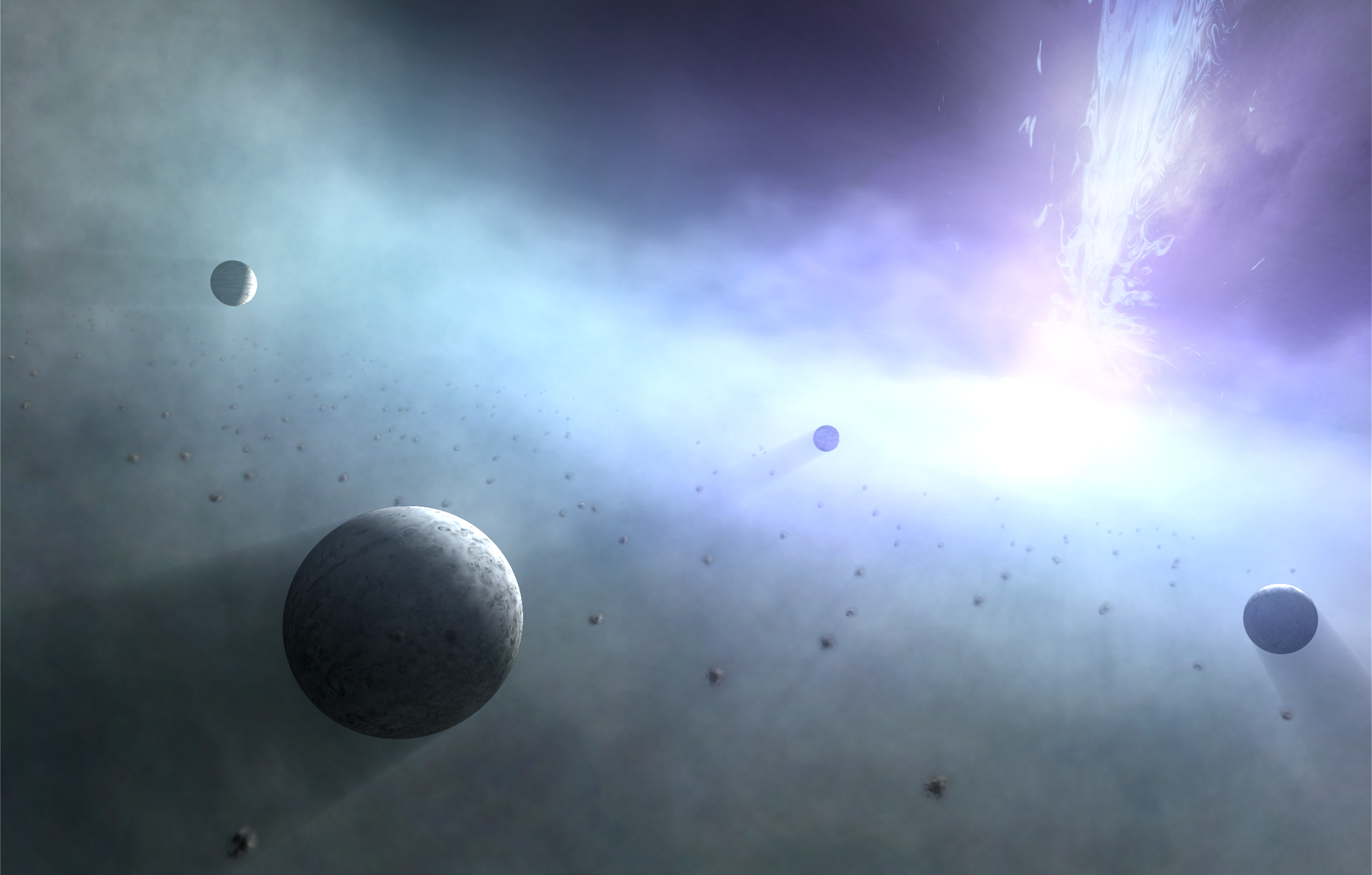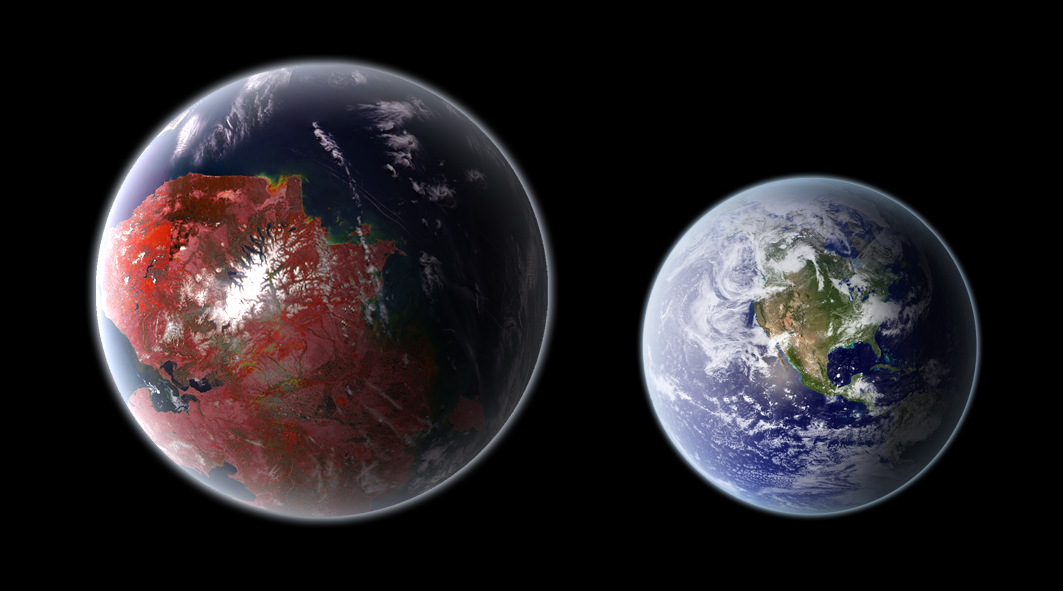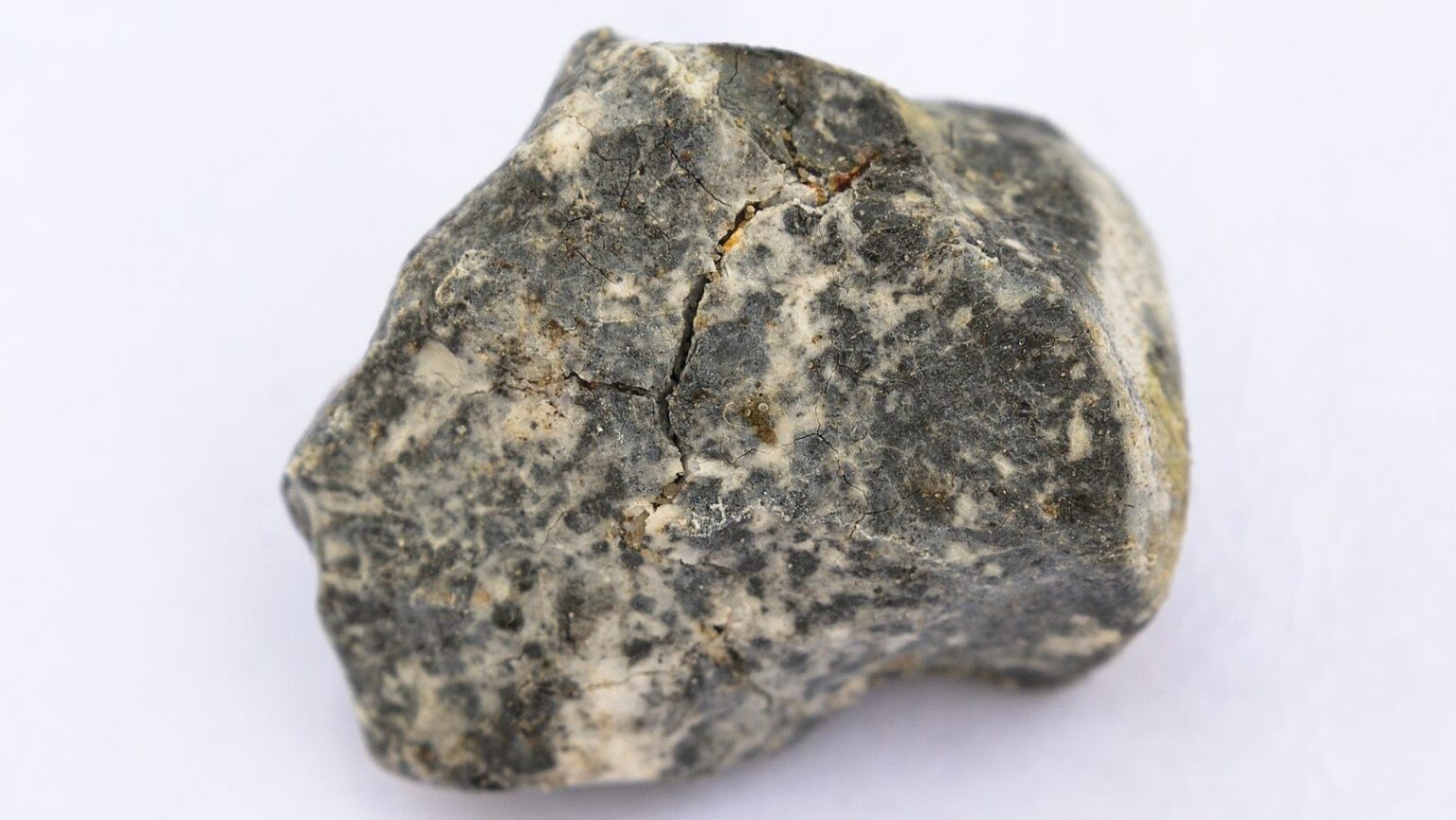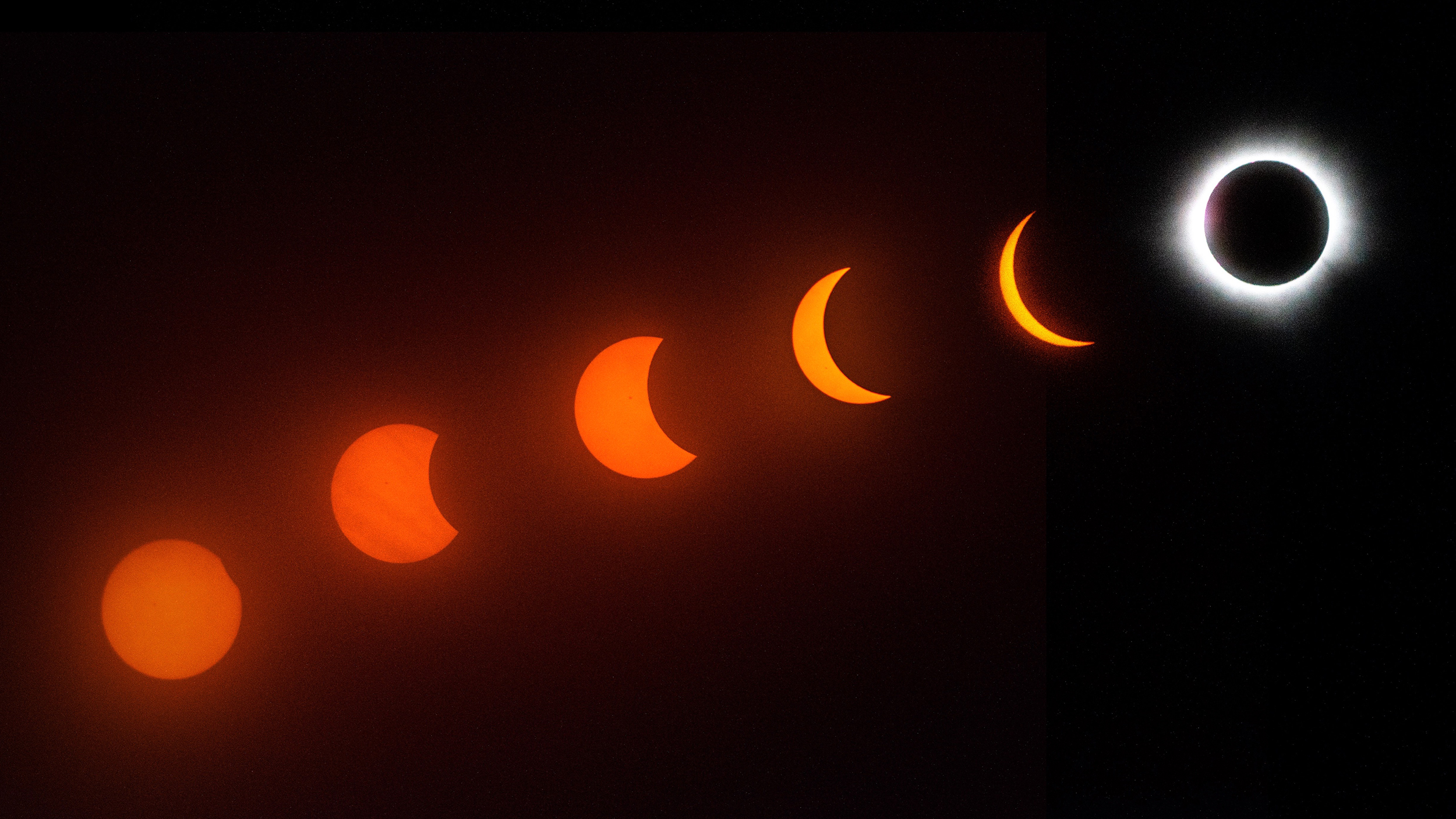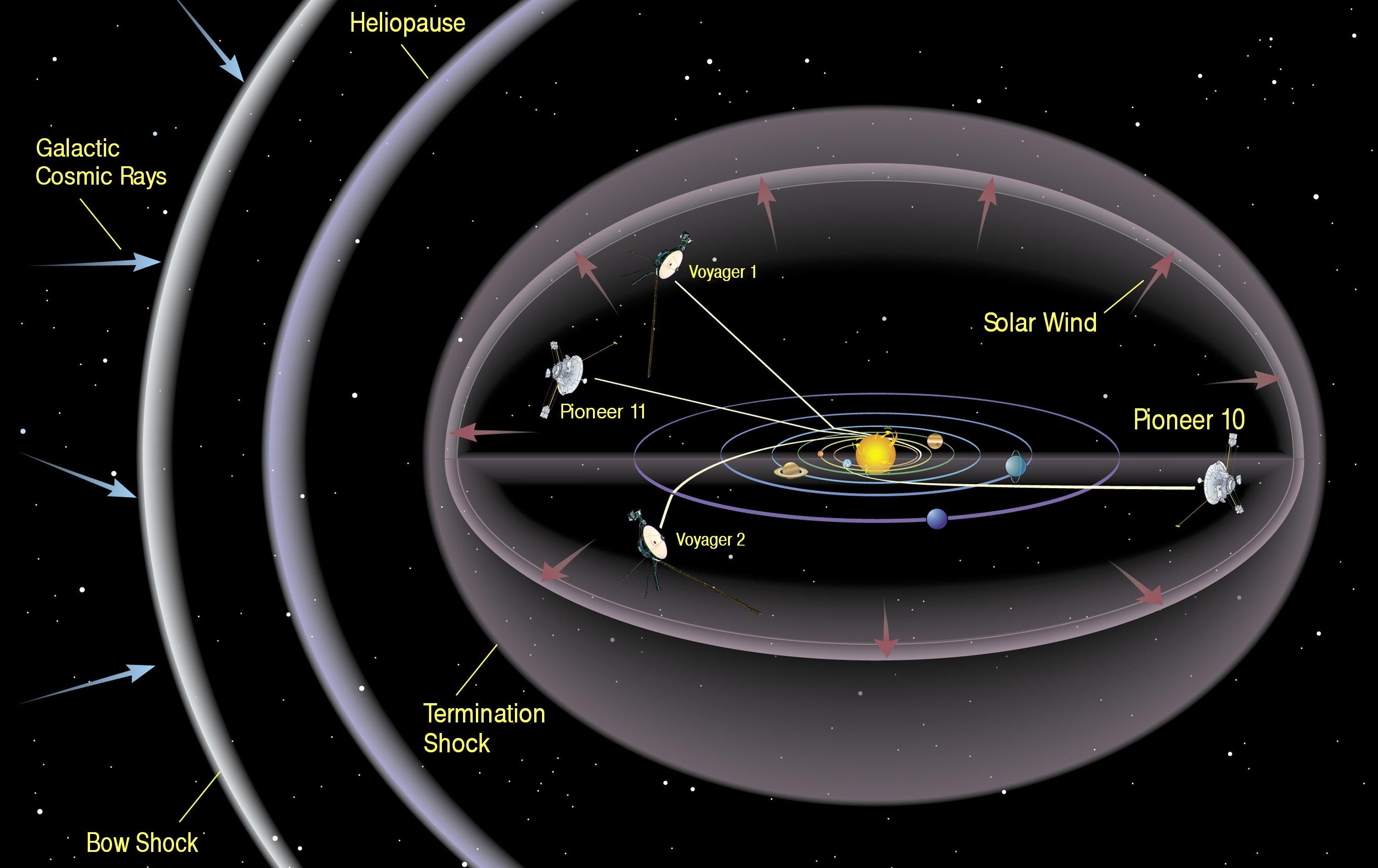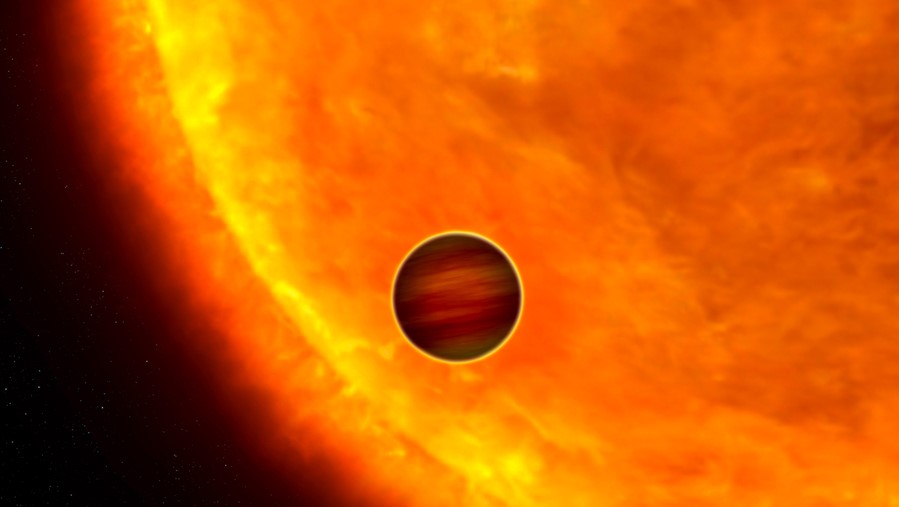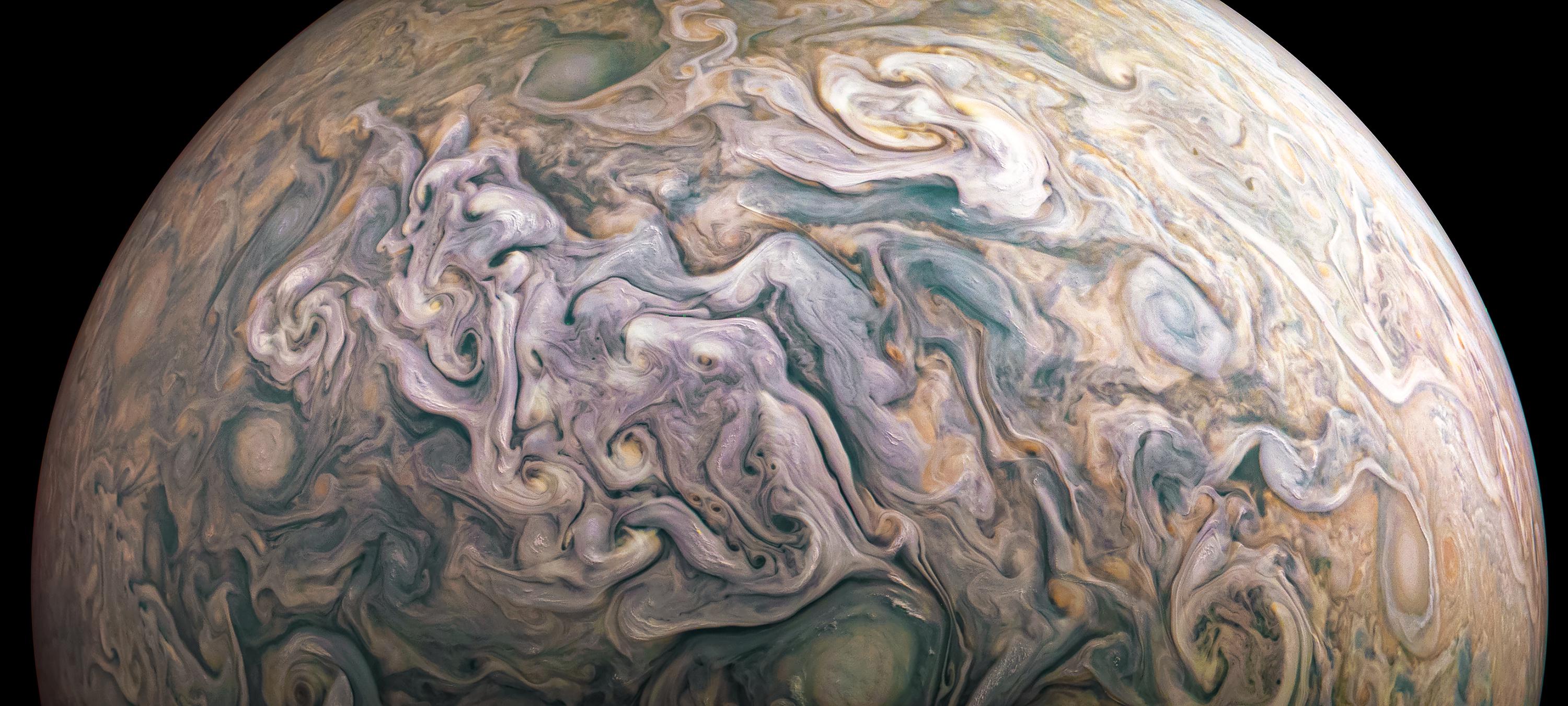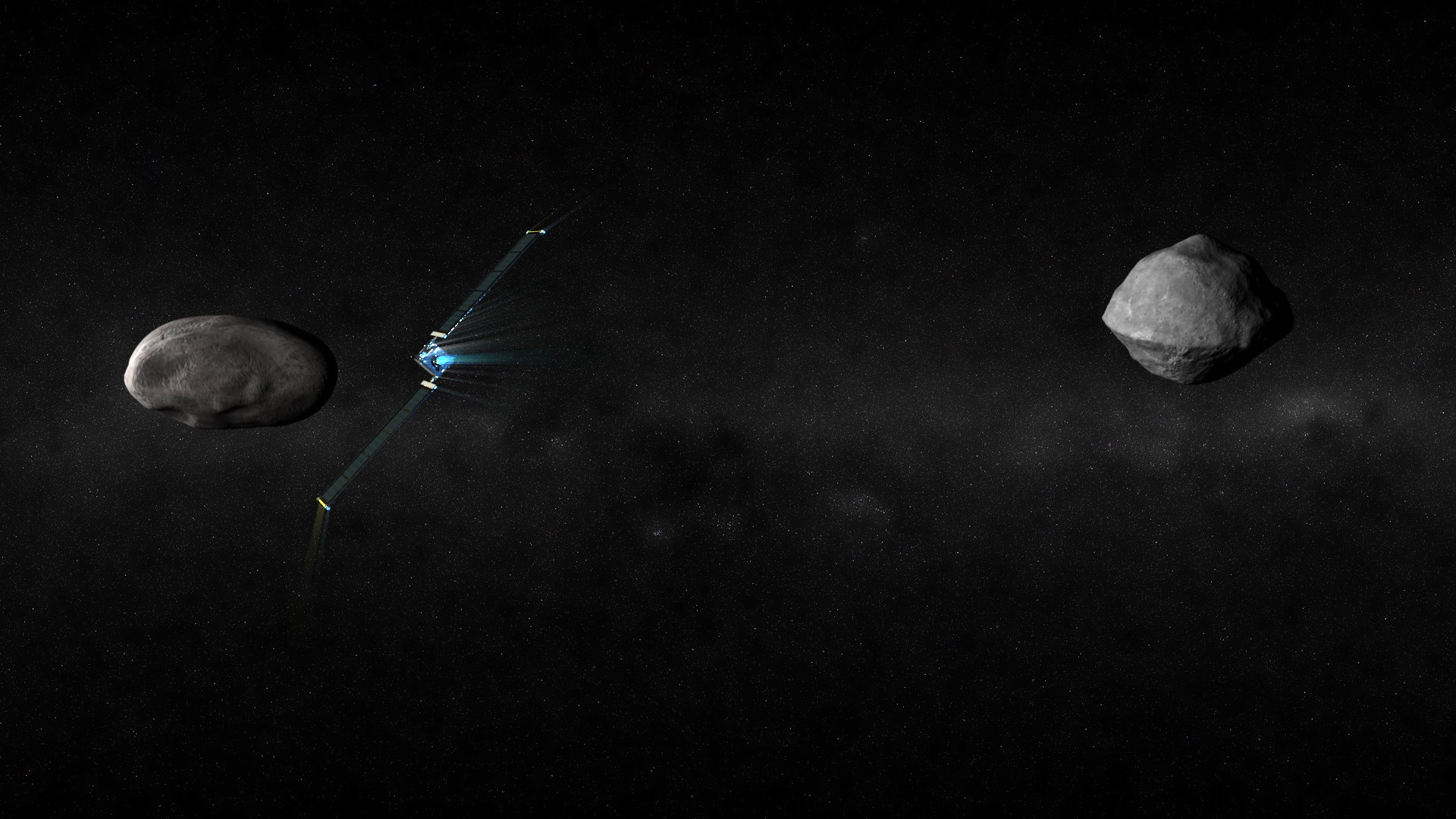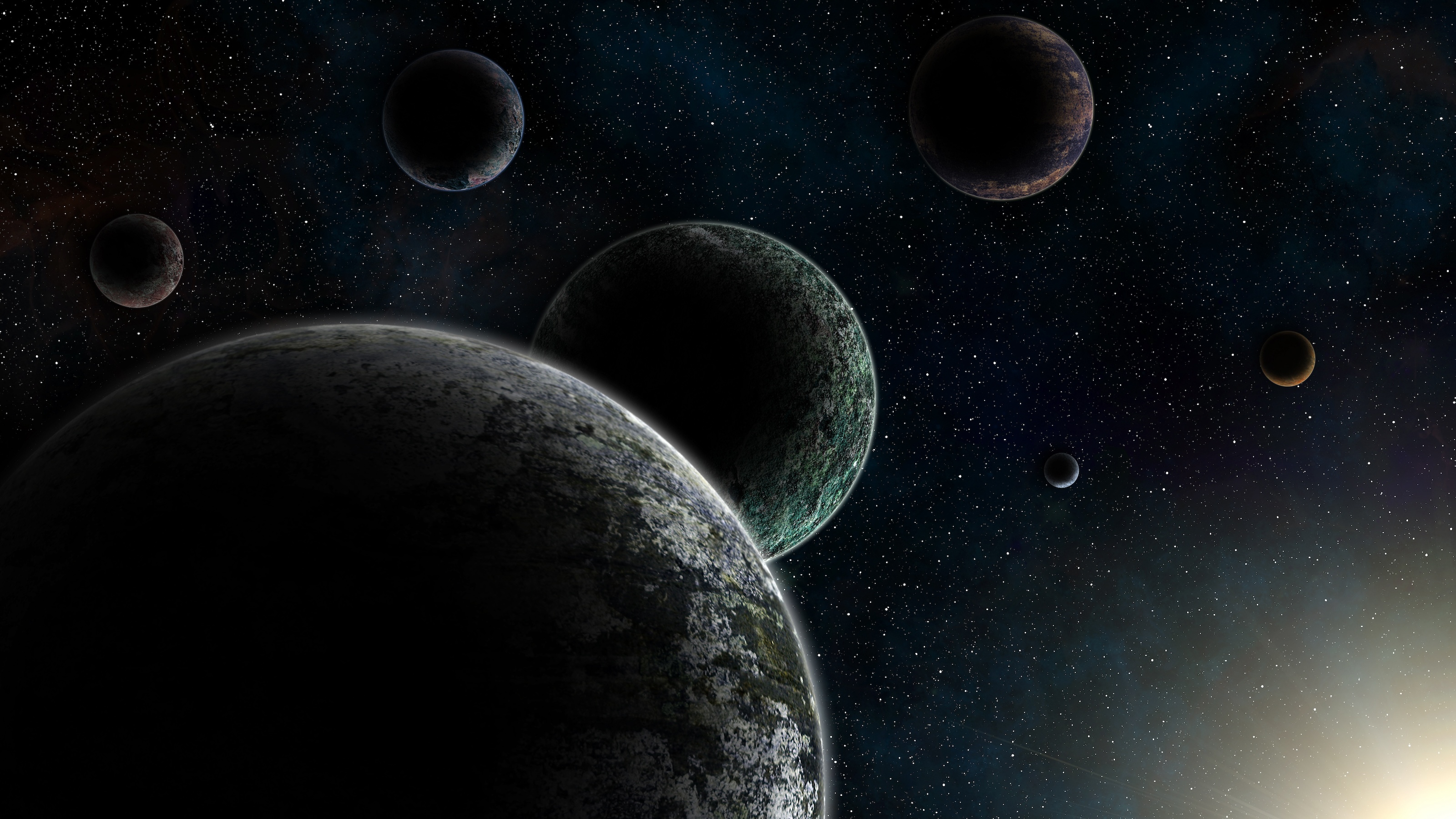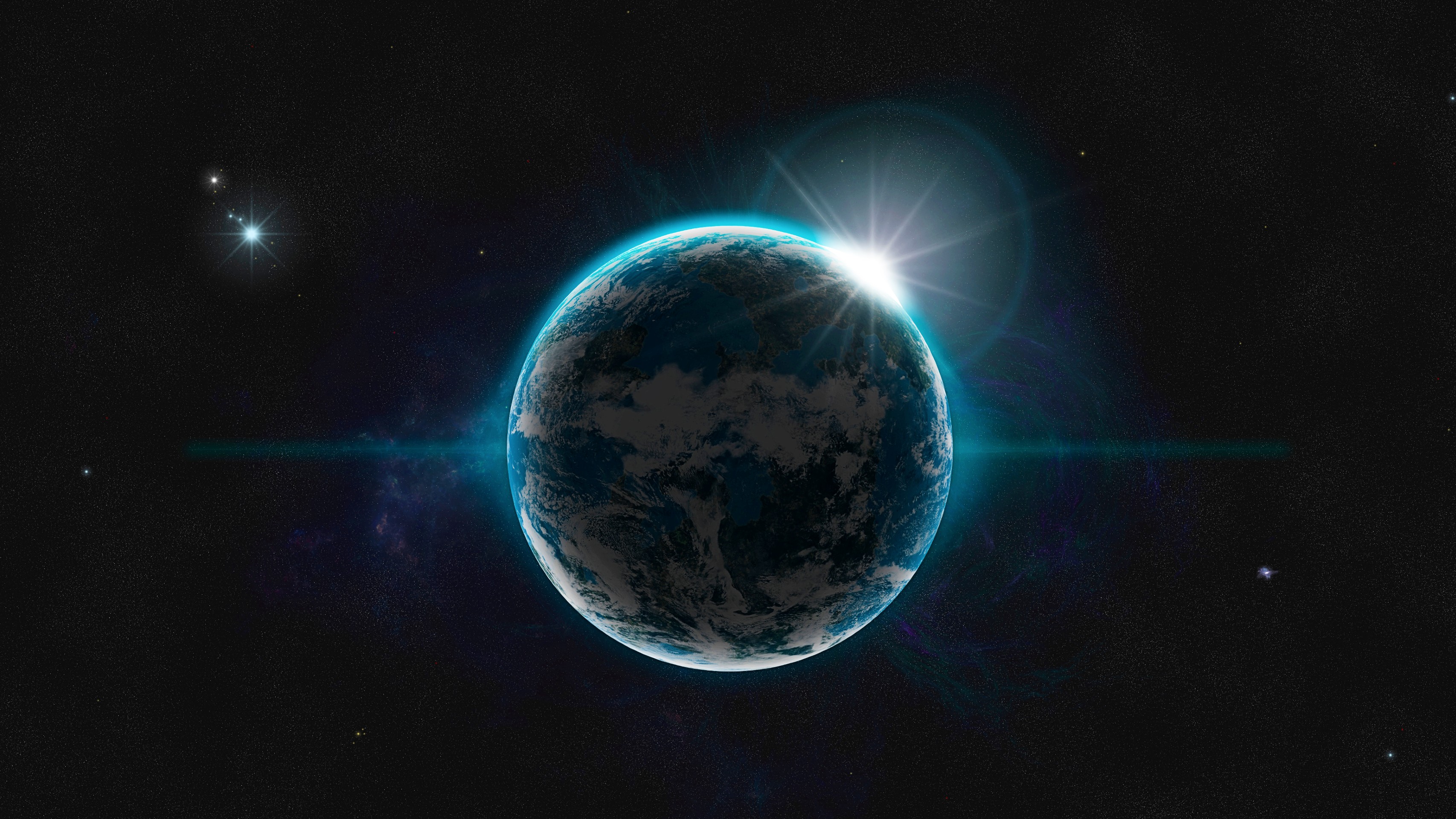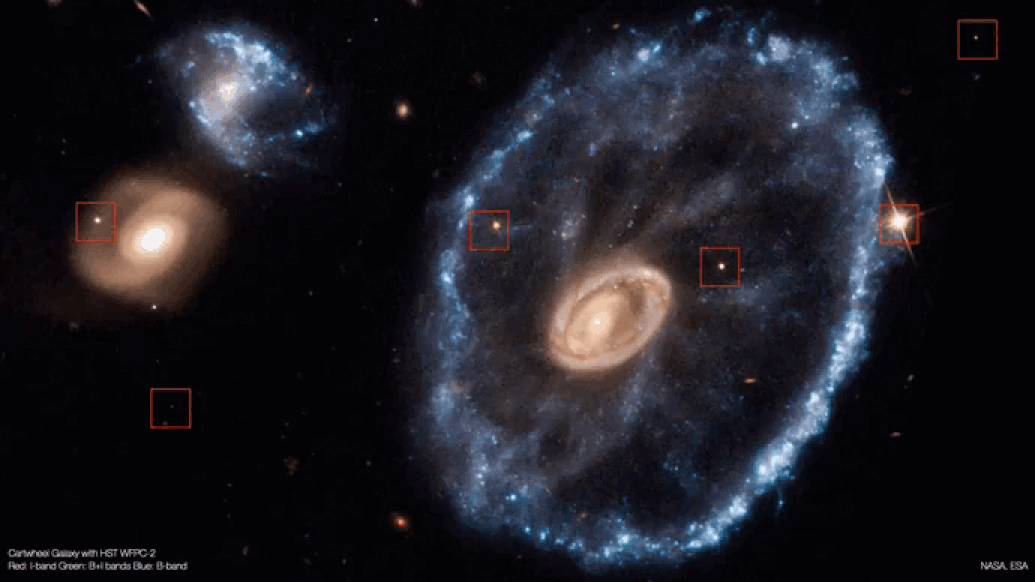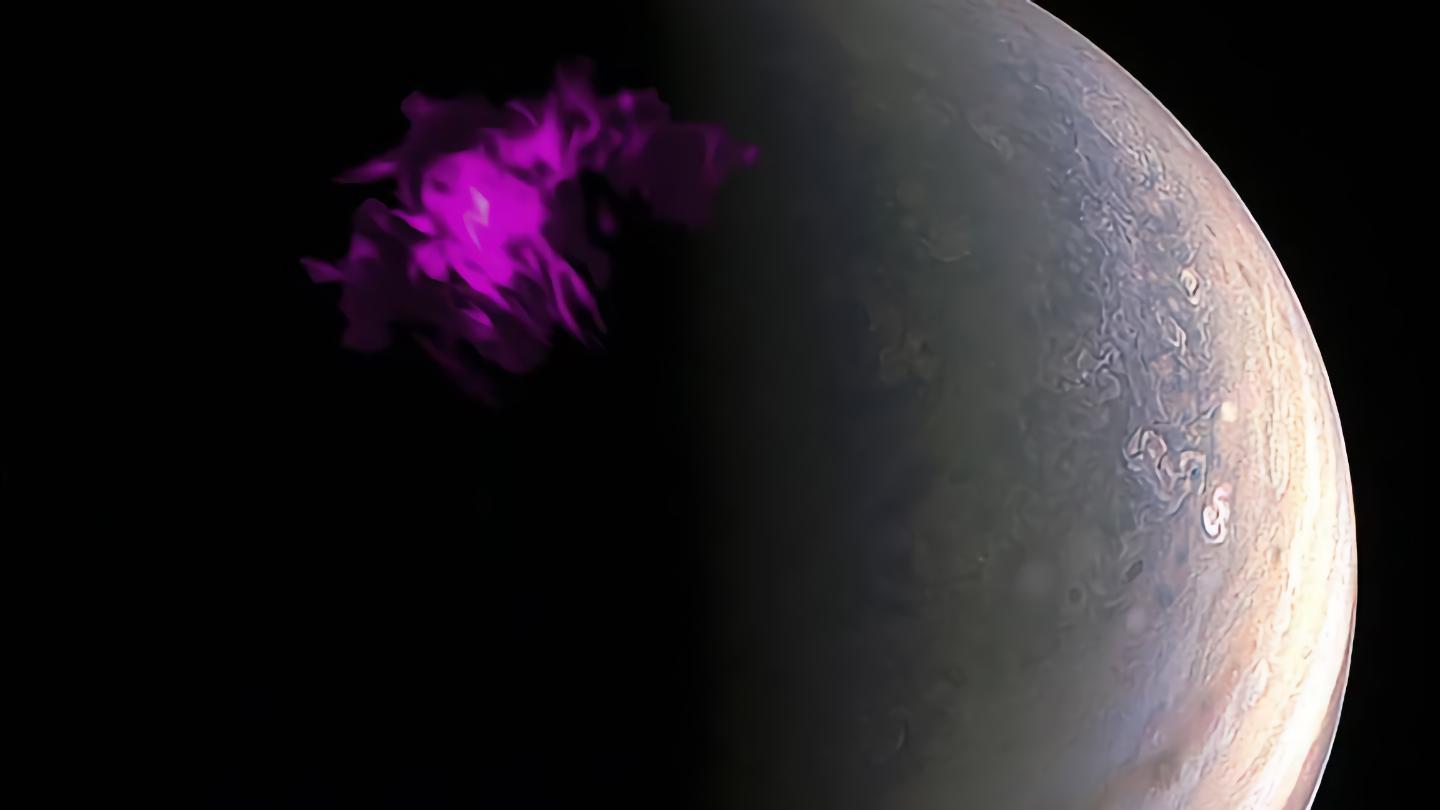Some microbes can withstand Earth’s most inhospitable corners, hinting that life may be able to survive similarly extreme conditions on other worlds.
Search Results
You searched for: Jupiter
The cosmic scales governing the Universe are almost unbelievably large. What if we shrunk the Sun down to be just a grain of sand?
All across the Universe, planets come in a wide variety of sizes, masses, compositions, and temperatures. And most have rain and snow.
Sun-like stars live for around 10 billion years, but our Universe is only 13.8 billion years old. So what’s the maximum lifetime for a star?
Science fiction movies capture a classic human flaw: getting the future mostly wrong.
From black holes to dark energy to chances for life in the Universe, our cosmic journey to understand it all is just getting started.
There’s a limit to how large planets can be, and it’s only about double the radius of Jupiter. At least, so far.
Since the time of Galileo, Saturn’s rings have remained an unexplained mystery. A new idea may have finally solved the longstanding puzzle.
What kind of object will you form? What will its fate be? How long will a star live? Almost everything is determined by mass alone.
Individual space telescopes, like Hubble and JWST, revolutionized our knowledge of the Universe. What if we had an array of them, instead?
In all of human history, only 5 spacecraft have had the right trajectory to exit the Solar System. Will they ever catch Voyager 1?
Back in 1990, we hadn’t discovered a single planet outside of our Solar System. Here are 10 facts that would’ve surprised every astronomer.
Exoplanet LP 791-18d is likely to have an atmosphere and liquid water.
“I hope we take a mindset where we are willing to look for weird life in weird places.”
The Schumann resonances are the background hum of the entire planet. But they don’t affect humans in any way.
The odds are slim, but the consequences would be literally world-ending. There really is a chance of a black hole devouring the Earth.
NASA is creating a planet habitability index, and Earth may not be at the top. With our current data, ranking habitability is guesswork.
The sharpest optical images, for now, come from the Hubble Space Telescope. A ground-based technique can make images over 100 times sharper.
Meanwhile meteorite hunters rushed to Berlin to find this most rare space rock.
Total eclipses are a product of a strange and almost eerie cosmic coincidence — one that makes Earth an even rarer world in the galaxy and, by proxy, in the Universe.
Some think the reason fundamental scientific revolutions are so rare is because of groupthink. It’s not; it’s hard to mess with success.
A newly discovered “ultrahot Jupiter” has the shortest orbit of any known gas giant.
Even at its faintest, Venus always outshines every other star and planet that’s visible from Earth, and then some!
Jupiter’s atmosphere is hotter than it should be, and now we know why.
Sooner or later, Earth is going to be hit by a large enough space object to cause significant damage to humanity. Stopping them isn’t easy.
The TRAPPIST-1 system is a treasure trove of possibilities and questions. Observations by JWST have just begun.
Get ready for the most peculiar road trip that will help you understand the vastness and emptiness of the solar system — and Sweden.
The number of planets that could support life may be far greater than previously thought, a recent discovery suggests.
The first set of James Webb’s images blew us all away. In just 2 mere months, it’s seen highlights that no one could have predicted.
Jupiter’s mysterious auroral events are caused by vibrating waves of plasma.
